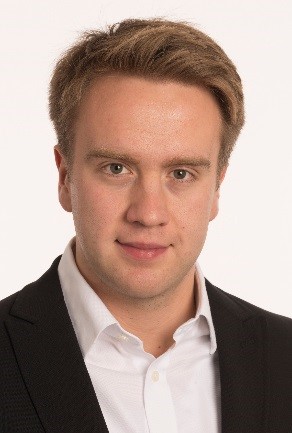PHYSICS DEPARTMENT SEMINAR
Speaker: Dr.-Ing. Alexander Gramlich (Steel Institute - Aachen University)
Date & time: Friday, 18th November 2022, 13:15 h
Venue: 4.0.E01 - Torres Quevedo building
“Air hardening forging steels – Technological performance and their potential impact on CO2-emissions”
Steel is the backbone of modern infrastructure and will remain to be the most important construction metal in the future. Steel is widely used in applications were a balance of strength, ductility and impact toughness is required to reach safety standards. Today, a large share of steel forgings is produced from quench and tempering (Q+T) steels, as these steels fulfill the requirements mentioned above. However, the quench and tempering heat treatment is an energy-intensive procedure, which raises the demand for a steel concept with similar properties and a lean heat treatment, especially in the context of the ambitious goal to reach CO2-emission neutrality by 2050.
Recently, a new type of martensitic steels was introduced, which achieve their final properties through air cooling from the forging heat. These materials were pushed to market maturity and are now standardized under the European material number 1.5132. The steels are alloyed with a significant amount of manganese (> 4wt.%) and additional elements (Si, Al, B, Nb) to suppress the diffusion-controlled phase transformation during air-cooling. However, as the addition of alloying elements is obviously higher as in standard Q+T steels (> 5wt.% compared to < 2wt.%) the reasonable question occurs if the CO2-emissions associated with the production of the alloying elements equalizes the emission reductions achieved by the reduction of the heat treatment.
To address this issue, the properties as well as the caused CO2-emissions need to be addressed. Firstly, an overview of the alloy development on the laboratory scale will be given and compared with the results of the industrial production of this steel. The results discussed include mechanical properties, fatigue behavior as well as micro- and nanostructure investigations. Finally, the CO2-emissions on material, process and product level will be assessed and compared to a reference steel grade.
Dr.-Ing. Alexander Gramlich obtained his Bachelor and Master degree in Materials Engineering from RWTH Aachen University, with a research semester at Oxford University. During his Master, he focused on the characterization of the nanostructure of high strength steels and its influence on the mechanical properties.
His PhD research, finished in 2022 at RWTH Aachen University, focused on the development of new air-hardening forging steels. His contribution to this subject received the Otto-Kienzle-Award, by the German Forging Association in 2021.
Since 2021 at Steel Institute-RWTH Aachen, Dr. Gramlich is responsible of the Sustainable Steel Design research field, and from November 2022 he is the Material Characterization group leader. In this context, his research interests expanded into the area of carbon-emission-reduction for steel production and the effects of circular economy approaches on steel quality and properties.


